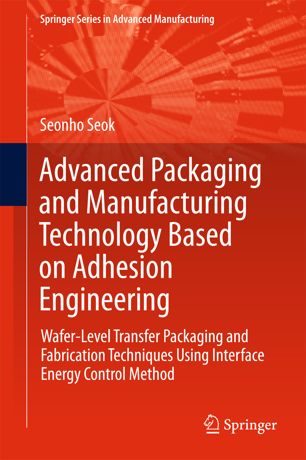

Most ebook files are in PDF format, so you can easily read them using various software such as Foxit Reader or directly on the Google Chrome browser.
Some ebook files are released by publishers in other formats such as .awz, .mobi, .epub, .fb2, etc. You may need to install specific software to read these formats on mobile/PC, such as Calibre.
Please read the tutorial at this link: https://ebookbell.com/faq
We offer FREE conversion to the popular formats you request; however, this may take some time. Therefore, right after payment, please email us, and we will try to provide the service as quickly as possible.
For some exceptional file formats or broken links (if any), please refrain from opening any disputes. Instead, email us first, and we will try to assist within a maximum of 6 hours.
EbookBell Team

0.0
0 reviewsThis book introduces microelectromechanical systems (MEMS) packaging utilizing polymers or thin films – a new and unique packaging technology. It first investigates the relationship between applied load and opening displacement as a function of benzocyclobutene (BCB) cap size to find the debonding behavior, and then presents BCB cap deformation and stress development at different opening displacements as a function of BCB thickness, which is a criterion for BCB cap transfer failure.
Transfer packaging techniques are attracting increasing interest because they deliver packaging caps, from carrier wafers to device wafers, and minimize the fabrication issues frequently encountered in thin-film or polymer cap encapsulation. The book describes very-low-loss polymer cap or thin-film-transfer techniques based on anti-adhesion coating methods for radio frequency (RF) (-MEMS) device packaging. Since the polymer caps are susceptible to deformation due to their relatively low mechanical stiffness during debonding of the carrier wafer, the book develops an appropriate finite element model (FEM) to simulate the debonding process occurring in the interface between Si carrier wafer and BCB cap. Lastly, it includes the load–displacement curve of different materials and presents a flexible polymer filter and a tunable filter as examples of the applications of the proposed technology.